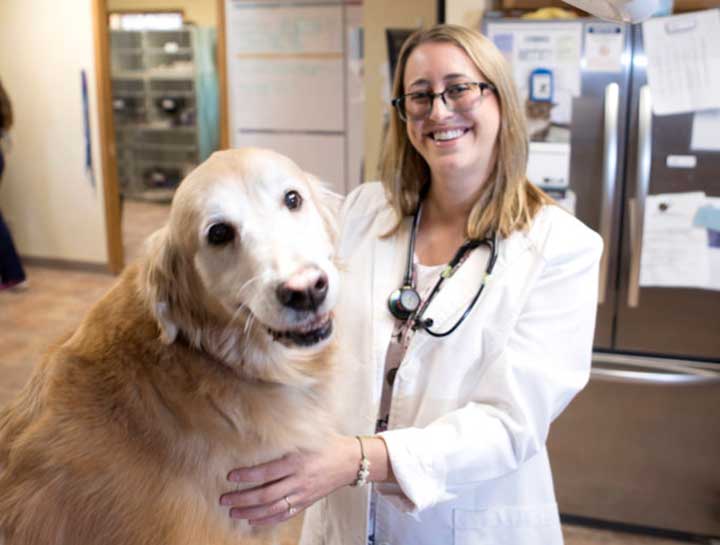Index Surge: Amplifying Your Insights
Stay updated with the latest trends and news across various industries.
Furry Friends: Aging Gracefully Together
Discover tips and heartwarming stories on how to help your furry friends age gracefully by your side—love and care for every stage of life!
Tips for Helping Your Senior Pet Thrive: Nutrition, Exercise, and Care
As our pets age, their nutritional needs evolve significantly. To help your senior pet thrive, it's essential to provide them with a balanced diet tailored to their age, size, and health status. Look for high-quality pet food that lists real meat as the first ingredient and includes beneficial ingredients like omega-3 fatty acids to support joint health. Additionally, consider incorporating supplements such as glucosamine and chondroitin, which can aid in maintaining mobility. Always consult with your veterinarian to determine the best dietary plan for your furry friend.
In addition to proper nutrition, exercise plays a crucial role in enhancing the well-being of senior pets. While their energy levels may decrease, it’s important to maintain a regular, gentle exercise routine. Here are some tips to keep your senior pet active:
- Take short, leisurely walks to prevent fatigue.
- Engage in interactive play with soft toys.
- Consider swimming if your pet enjoys water, as it's easy on the joints.
Moreover, regular veterinary check-ups can identify any potential health issues early, ensuring your senior pet receives the care they deserve.

Understanding the Signs of Aging in Pets: What Every Owner Should Know
As our beloved pets age, it's crucial for owners to understand the signs of aging to ensure they maintain a good quality of life. Common indicators include changes in behavior, such as increased lethargy and decreased interest in play. You may also notice physical changes like graying fur and stiffness in their joints, which can signal the onset of arthritis. Additionally, watch for alterations in appetite or bathroom habits, as these may indicate underlying health issues that need attention.
Understanding these signs allows pet owners to take proactive measures in caring for their aging companions. Regular veterinary visits become essential during this time, ensuring that any health concerns are promptly addressed. Owners should also focus on providing a comfortable environment that accommodates their pet's physical limitations, such as orthopedic beds or ramps for easier mobility. By recognizing and responding to the signs of aging, we can give our pets the loving care they deserve in their golden years.
How to Create a Comfortable Space for Your Aging Furry Friends
As our beloved pets grow older, it becomes increasingly important to ensure that they have a comfortable space to accommodate their changing needs. Start by assessing their favorite areas in your home and consider making modifications to these spaces. For example, providing soft bedding or a supportive orthopedic mattress can greatly enhance their comfort. Additionally, consider using non-slip mats to prevent slips and falls, which are common in elderly pets. Creating a cozy corner with easy access to their favorite toys and treats can also help them feel secure and content.
It's essential to consider mobility challenges that aging furry friends may face. If you notice that your pet struggles with stairs, a pet ramp might be beneficial for accessing their favorite spots. Furthermore, maintaining a consistent daily routine can help alleviate any anxiety they may experience. Be sure to provide them with a quiet, low-traffic area where they can relax without disturbances. Lastly, always keep their essentials—such as food and water—within easy reach to encourage independence. By taking these steps, you're not just making a comfortable space; you're significantly enhancing their quality of life.